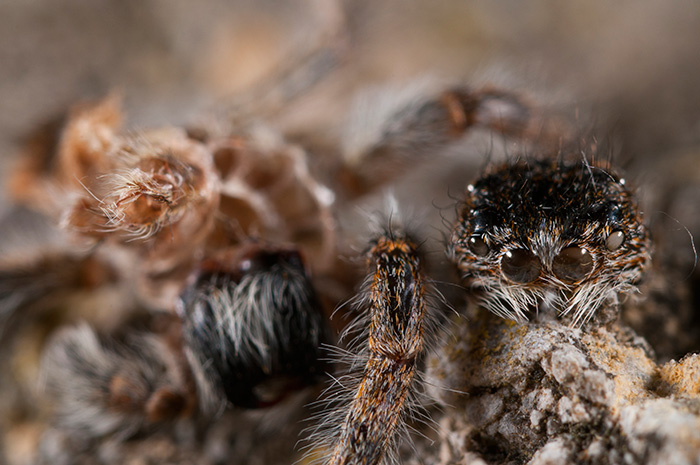
Right! I write lifting for real. Most of you may think that I’m very crazy, but in the world there are many species of animals that change their skins in various times of their life.
In different animals there are different moulting: exoskeleton in the arthropods, skin in the reptiles, hair in the mammals and plumage in the birds.
For example: many times moulting is synonym of body growth, and it is required because the old “skin” is too narrow. Sometimes, by the molting, the animal can totally change its aspect. An example? Many insects metamorphose from larvae into adult form. This phenomenon is very frequent in the arthropods’ world.
The exoskeleton is composed of basement membrane, epidermis and cuticle (the last layer) and it’s very important to protect and support the body.
The moulting process start with a production of new exoskeleton under the old, subsequently the arthropod intake a lot of air and, at the same time, contract the muscles; these force the opening of old exoskeleton, usually down the dorsal side. Then, the arthropod go out. At the beginning the new “shield” is soft, but it become harder and darker in a few hours.
In reptiles skin’s change is more frequent, because it’s inelastic, so they can change it with the newest.
Snakes are the only reptiles that can slough their all skin at the same time. Before molting their eyes appear cloudy and the skin is faded. Then they rub their old skin against rough surfaces. After the molting the skin’s color is bright end the eyes are clear.
Lizards’ skin fall off in pieces and lizards consumed it to regain calcium and other nutrients.
Finally, regarding birds, they slough for change the damage feathers, while mammals (like a dog or a cat) change their hairs seasonally.

